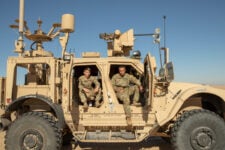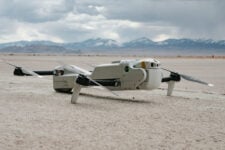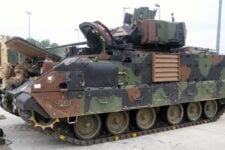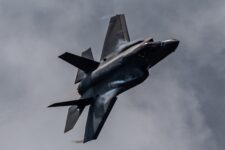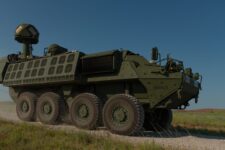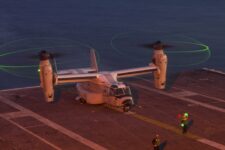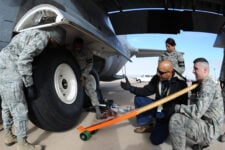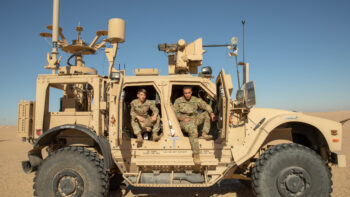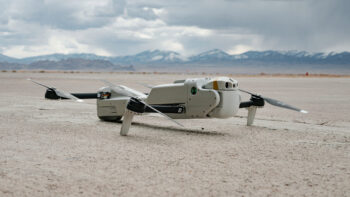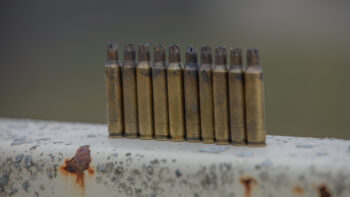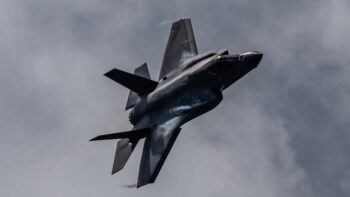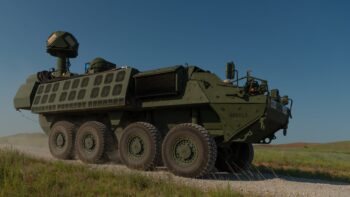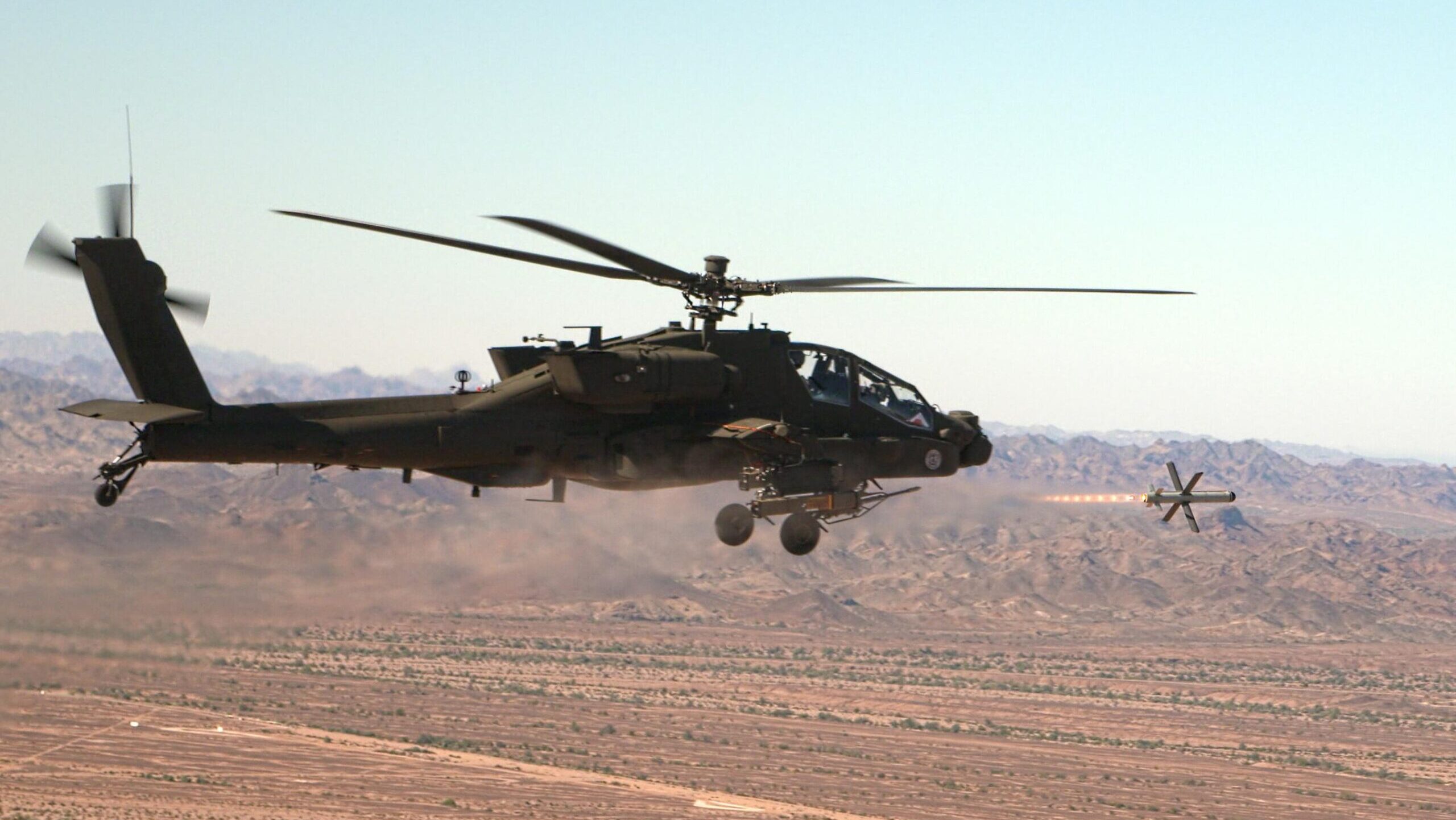
In 2023 the US Army and Lockheed fired eight Spike NLOS rounds from AH-64E Apache V6 at Yuma Proving Grounds in Arizona. (US Army via Lockheed Martin)
WASHINGTON — Nearly three months ago, the US Army announced a massive aviation overhaul, which led to the cancellation of several programs and the redirection of funds to new priorities. Now, service leaders are preparing a shakeup with its weapons portfolio, which may revamp plans for buying weapons like launched effects, loitering munitions and drones, according to Army acquisition head Doug Bush
“The good news is, there’s so many options… because there’s so many companies that are doing things that are either a UAS [unmanned aerial system], a lethal-UAS or just a loitering munition and they start to blur together because the tech is moving so fast,” Bush told reporters today.
Bush said he and Army Futures Command head Gen. James Rainey expect to have a formal roadmap rolled out sometime this summer.
With recent technological advances, a UAS designed for intelligence, surveillance and reconnaissance missions can more easily hold a warhead and more closely resemble a missile. As a result, the service is now juggling potentially overlapping lines of effort. Army senior leaders, Bush noted, are working through some of those requirement question marks and “very close” to making decisions, a potential indication of forthcoming consolidations or cancelations.
“I don’t want to get ahead of the [Army] chief on making those final decisions, but I think a family of systems that is more coherently binned, so it’s easier to understand by the public and Congress, will help us — and I think we’re really close to having that,” he added.
While Bush didn’t go into detail on just what decisions are on the table, hints have been dropped in recent weeks that some programs were seeing schedule shifts or may not be as locked in as once believed.
For example, Griffon Aerospace and Textron Systems are competing to win the Army’s Future Tactical Unmanned System (FTUAS) competition — the drone slated to replace the Shadow UAS currently being divested from inventory. However, Brig. Gen. David Phillips, the Program Executive Officer for Aviation, told reporters at the Army Aviation Association of America conference last week that those two contenders are not officially slated to begin flight testing until fiscal 2025, and even then it isn’t clear if the service will ultimately pick one of them for a production contract.
“It really depends on if they meet the requirements and how many vendors’ capabilities meet the requirements,” the one-star general added.
The Army is also in the middle of a launched effects initiative based around three ranges — the ongoing medium-range option, as well as upcoming short-range and long-range versions. These are essentially small drones that are launched by a larger vehicle mid-flight and can be used to collect info or strike targets.
For that medium-range option, the service is working with a handful of companies: Anduril Industries is providing the air vehicle (the Altius 700); Collins Aerospace, the mission system; Aurora Flight Sciences is the integrator; and two others are working on payloads. In December 2023, the Army said it “successfully” launched the Altius 700 from a UH-60 Black Hawk, and plans to conductan operational demonstration later this year and use that data to make a fielding decision.
Separately, the service wants a longer-range weapon to fire off its AH-64 Apache helicopters and is buying the Spike Non-Line-Of-Sight missile system (NLOS) — by Israel’s Rafael and Lockheed Martin — as the interim solution.
Eyeing a follow-on acquisition program, the Army moved forward with its helicopter-launched, long-range precision munition (LRPM) and hosted a “shoot-off” with three vendors in 2022. The Army Requirements Oversight Council (AROC) was slated to meet by the end of March to debate the path ahead for the initiative but that was moved to mid-May, according to Maj. Gen. Michael McCurry, the commanding general for the Army’s Aviation Center of Excellence.
LRPM, he explained, is now classified as a launched effect, meaning it will be a candidate to launch from the ground and sea too, and the service now needs to make sure the requirements remain the same.
He did not disclose how LRPM will fit into the launched effects portfolio, and if those three LRPM candidates may now be competing for a spot for one of the launched effects portfolios.
Army leader dismisses House proposal for drone branch creation
“Operating and defending against the drone threat is something that will be experienced by, you know, all formations at multiple echelons,” said Army Undersecretary Gabe Camarillo.
